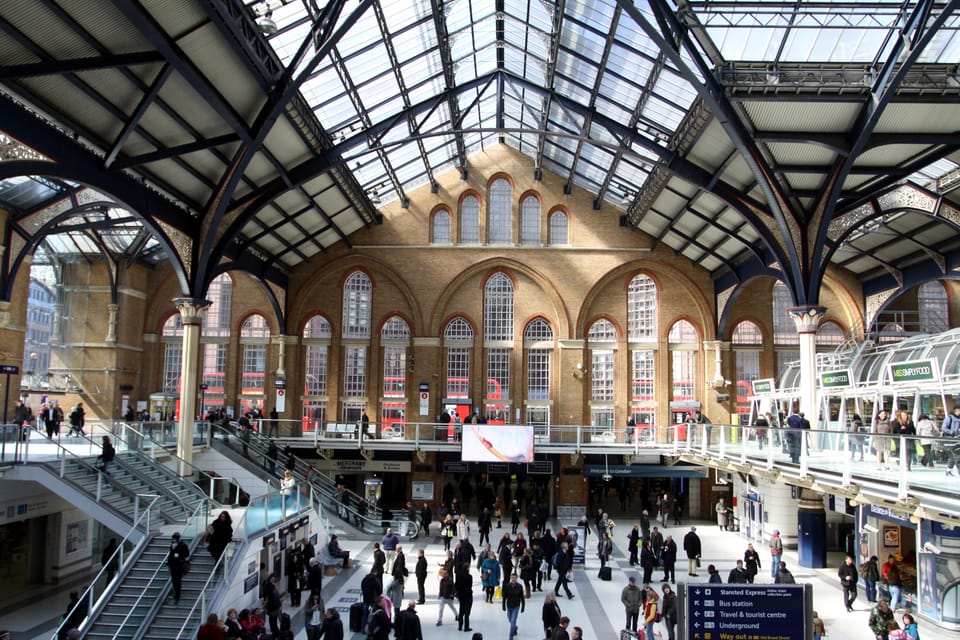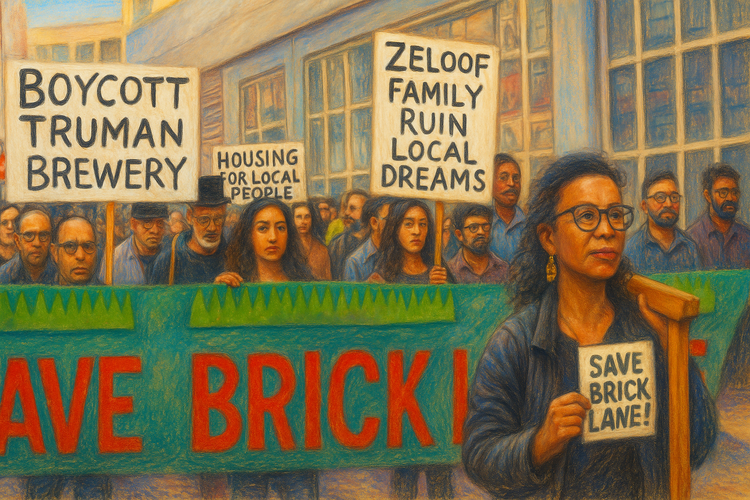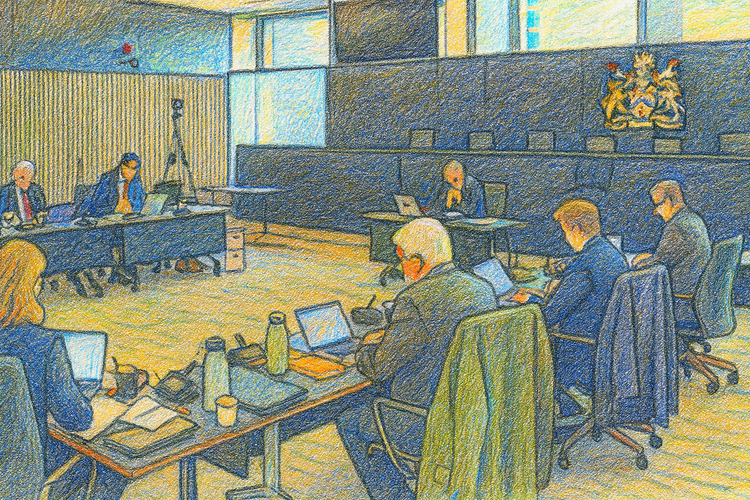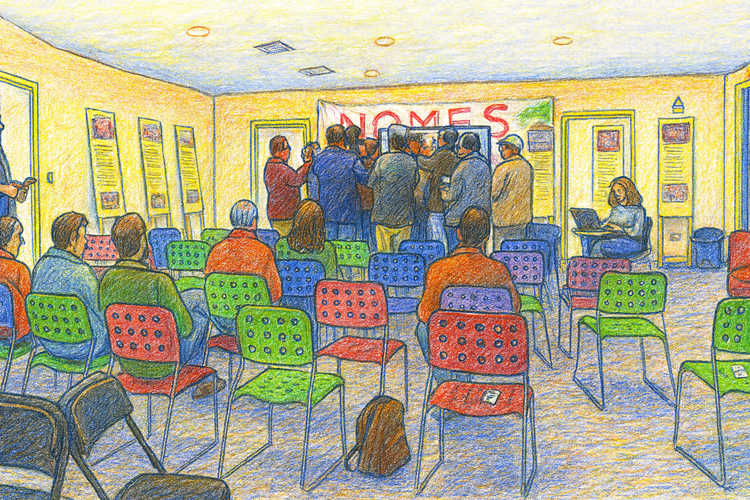Built Heritage, Common Ground: Why Protecting Buildings Must Mean Protecting Communities

The protection of historic buildings is often framed in terms of aesthetics, architectural pedigree, or tourist value. But behind every stone façade or timber-framed wall lies something more vital: the living, breathing communities that shaped—and were shaped by—these places. To preserve built heritage without preserving the common culture it anchors is to sever a structure from its meaning. Increasingly, campaigns to protect heritage buildings must also become campaigns to defend the commons—the shared social, economic, and cultural fabric that gives those buildings life.
Historian Peter Linebaugh, in The Magna Carta Manifesto, reminds us that “the commons” was not merely land—it was a way of life and a structure of mutual obligation. Public wells, communal grazing land, common rights of access: these are not unlike the historic town halls, libraries, or market halls that dot Britain’s built landscape. They, too, are spaces rooted in shared memory and public purpose. As neoliberalism accelerates the privatization of land and space, heritage structures often find themselves caught in a similar fate—marketed, commodified, or hollowed out in the service of profit.
This trend is not just architectural—it’s political. As Brett Christophers details in The New Enclosure, public land in the UK has been systematically sold off over the past decades, much of it formerly held in trust for communities. Similarly, once-vibrant buildings—pubs, post offices, railway cottages—are bought, gutted, and resold as luxury housing or speculative assets. The result is a double dispossession: communities lose both their place and their sense of place. The protection of heritage must mean more than conserving bricks and mortar—it must mean defending the people and practices that make buildings matter.
One striking example is the destruction of the Elephant and Castle Shopping Centre in South London, which closed in 2020. While not a listed building, it served as a vital cultural and economic hub for working-class communities and Latin American migrants. Despite massive local opposition and evidence of its social significance, Southwark Council approved a redevelopment plan that displaced traders and replaced affordable retail with high-end flats. Historic England declined to list the structure, and no meaningful legislative recourse was available to the public. This reveals a key failure in UK planning law: the inability to protect social heritage unless it meets narrow, architecturally defined thresholds.
Another emblematic case is the Save Liverpool Street Station campaign. In 2023, Network Rail, in partnership with private developers, sought to demolish significant parts of the historic station and adjacent 19th-century hotel to build a glass office tower. The proposals were endorsed by local authorities despite the fact that both the building and its setting are Grade II-listed. Public outcry—including opposition from the Victorian Society, the Twentieth Century Society, and thousands of residents—highlighted a key contradiction: current legislation allows substantial harm to heritage assets if economic arguments are made convincingly enough. The listing system, while powerful in theory, is repeatedly weakened by viability assessments and loopholes in the National Planning Policy Framework (NPPF).
This is where the concept of the cultural commons becomes crucial. Elinor Ostrom’s work on collective governance teaches us that communities are capable of managing shared resources—be they forests, fisheries, or the very streets they walk. Yet in urban centres across the UK, heritage buildings are increasingly removed from public use and transformed into exclusive enclaves. In such cases, so-called conservation efforts serve capital, not community. A mansion block may be preserved, but its affordable flats are turned into second homes. A town square may be restored, but fenced off for private events. This is heritage without humanity.
We should instead take inspiration from movements that marry conservation with collective stewardship. In cities like Bologna and Barcelona, co-operative models have reclaimed public buildings for community use—arts, education, mutual aid. These are not heritage projects in the traditional sense, but they speak deeply to the idea of keeping cultural memory alive by enabling it to evolve, socially and democratically. Building conservation must mean conserving public value, not just private interest.
To defend the commons is not to oppose development—it is to oppose dispossession. When we speak of preserving built heritage, we must ask: for whom is it preserved? For the global investor, or for the local tenant? For the memory of a community, or for a market rate? Conservationists, planners, and citizens alike must insist that heritage is not a backdrop for gentrification—it is a bulwark against it. That means reforming planning law, broadening the definitions of significance used by heritage bodies, and elevating community voice alongside architectural merit.




